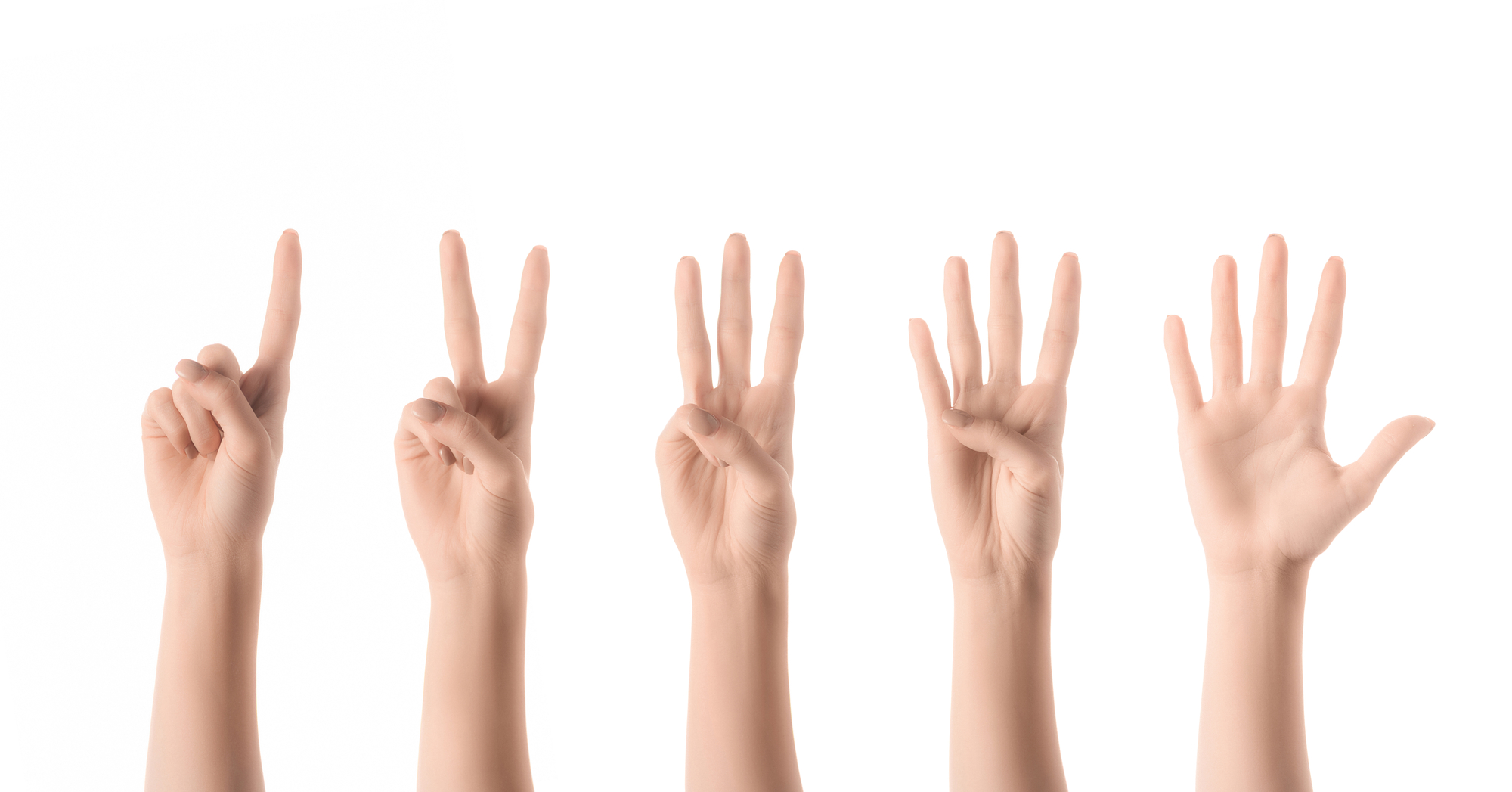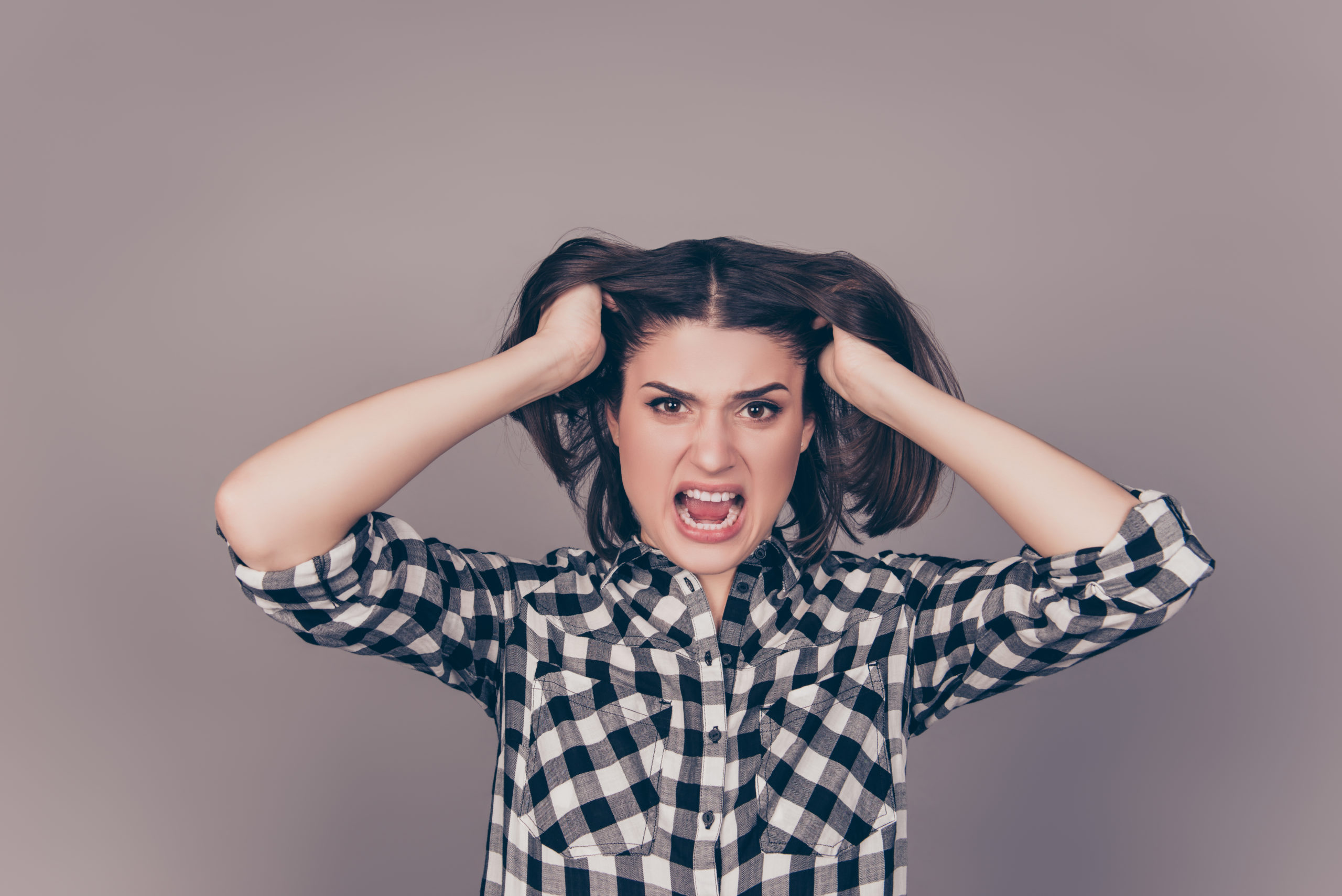If the Judges of Yesteryear Were As Hip As Judges Today . . . .
Today’s judges pepper their opinions with nods to Marie Kondo, Breaking Bad, Bob Dylan, and Dr. Seuss.
Were the old-timers missing a populist touch?
You be the judge. I did some pop-culture research to predict how three great opinions might have read differently.
Marbury v. Madison (1803)
Just as Johnny Appleseed has the last word on apples, it is explicitly the province and duty of the Judicial Department to say what the law is.
Schenck v. United States (1919)
The most stringent protections from wardens do not protect the star of Charlie Chaplin’s Little Tramp from inhaling ‘nose powder’ in jail. Similarly, the most stringent protection of free speech would not protect a man in falsely shouting fire in a theatre and causing a panic.
Gideon v. Wainwright (1963)
That government hires lawyers to prosecute and defendants who have the money hire lawyers to defend are the strongest indications of the widespread belief that lawyers in criminal courts are necessities, not luxuries, much in the way that the music of The Beatles and the new color televisions might be equally seen as necessities forthwith.
 By
By


